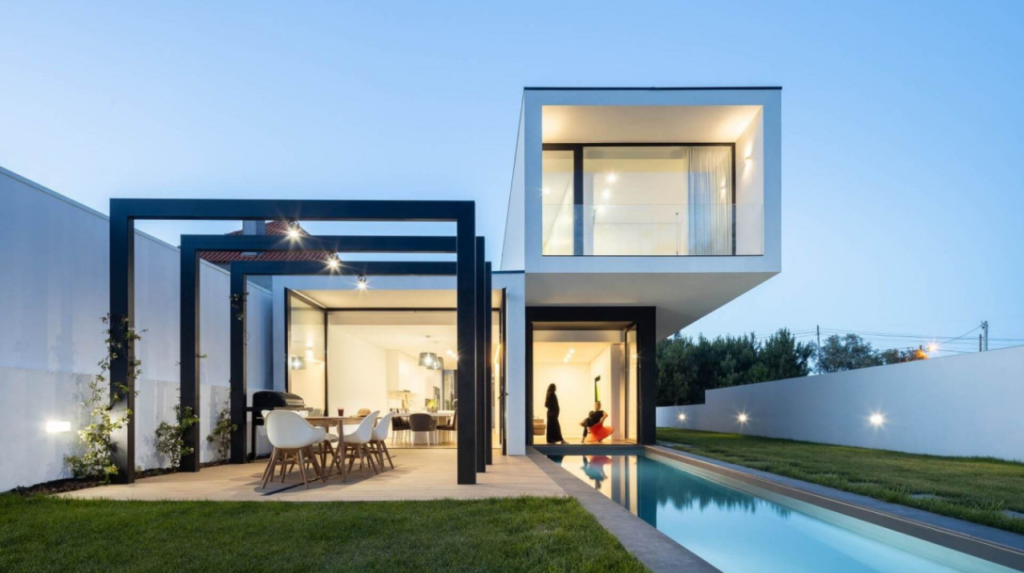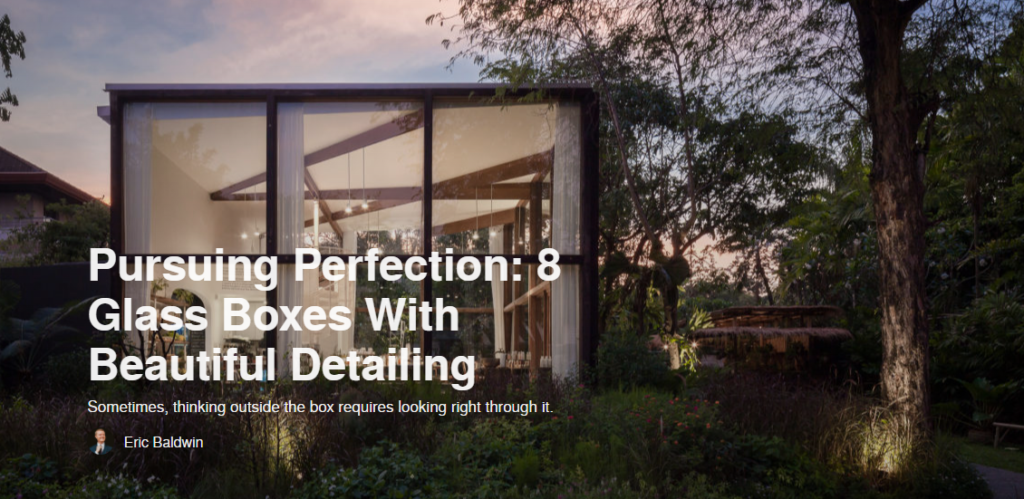monte tauro residence

PPAA Pérez Palacios Arquitectos Asociados The required project was separated and arranged based on three circulation axes on the ground floor plan, dividing the public axis, the service axis, and a bedroom block. This architectural approach aims to separate these three blocks in proportional volume and section, in order to make it noticeable that every […]
in ruins

https://blog.architizer.com/inspiration/collections/in-ruins/
aegean concrete

https://blog.architizer.com/inspiration/collections/greek-concrete/
diagonal house

Frari – architecture network the architectural piece is restricted by the alignments imposed by the Allotment Plan in which it is inserted, and which demarcates its outer limits. The volume resulting from these alignments is subsequently developed through a cut with a diagonal direction. This allows the volume to be separated vertically into two, with […]
glass boxes

https://blog.architizer.com/inspiration/collections/glass-boxes/
airports

https://www.archdaily.com/903169/airports-examples-in-plan-and-section
villa vatnan

Nordic Office of Architecture Located on the edge of an established residential area with limited access and a steep topography, the site does however offer fantastic views from the private and shielded south-west facade. The family desired a home for both everyday life and entertaining, where the primary rooms are all collated on one floor […]
urban privacy

https://blog.architizer.com/inspiration/collections/house-in-air-box/
casa aguacates

Francisco Pardo The home’s front portion is sunken below ground and is accessed via an exterior staircase on the south. This side of the house faces wild vegetation, in contrast to the “domesticated landscape” found in the rear. “Thus, the project exists between two realities, functioning as a subtle expression of architecture’s ability to exercise […]
corrugated iron

Corrugated iron’s ability to resist temperature change allows the interior of structures to remain cool even in extreme heat conditions, while its fire-proof quality only adds to the practicality of the material. Architects now realize, perhaps more than ever before, that the use of materials resistant to extreme and unpredictable weather conditions are just as […]
